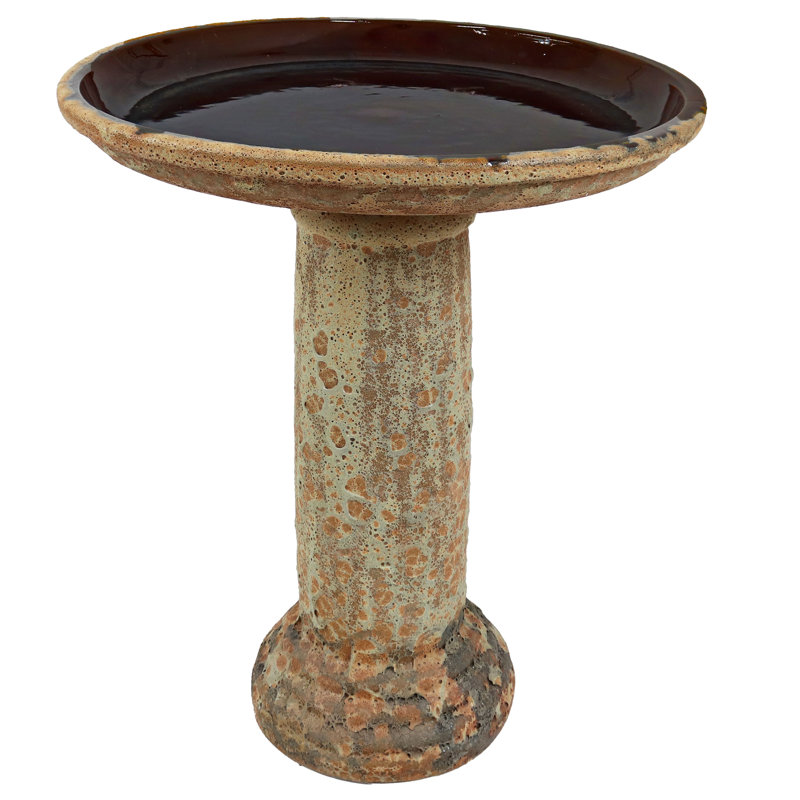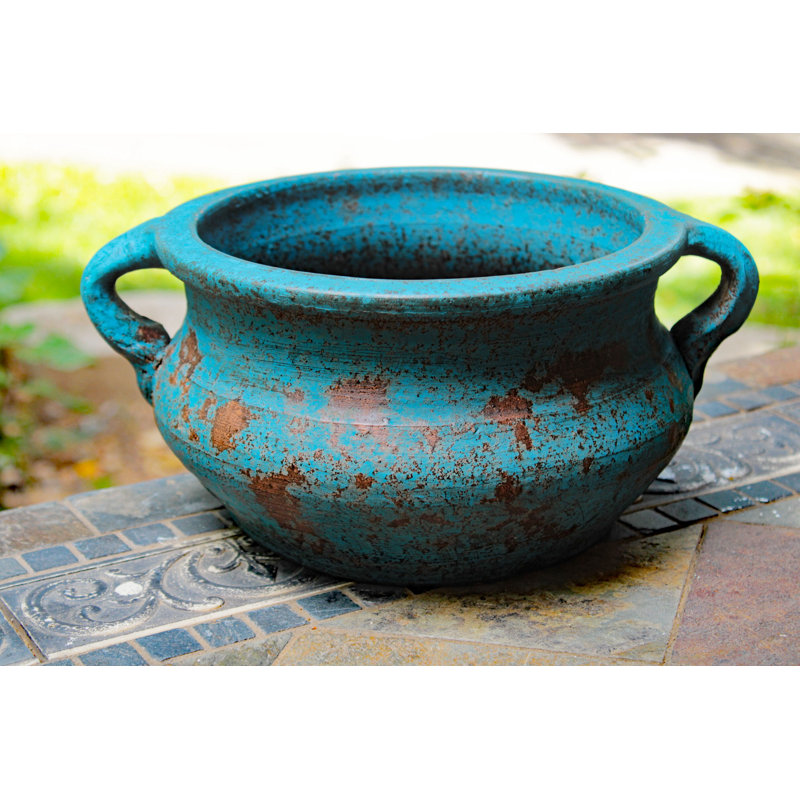6 impractical garden trends that won’t last in 2025 – ideas to avoid for a user-friendly plot this year
From expansive lawns to high-maintenance designs, these impractical garden trends are best left in the past
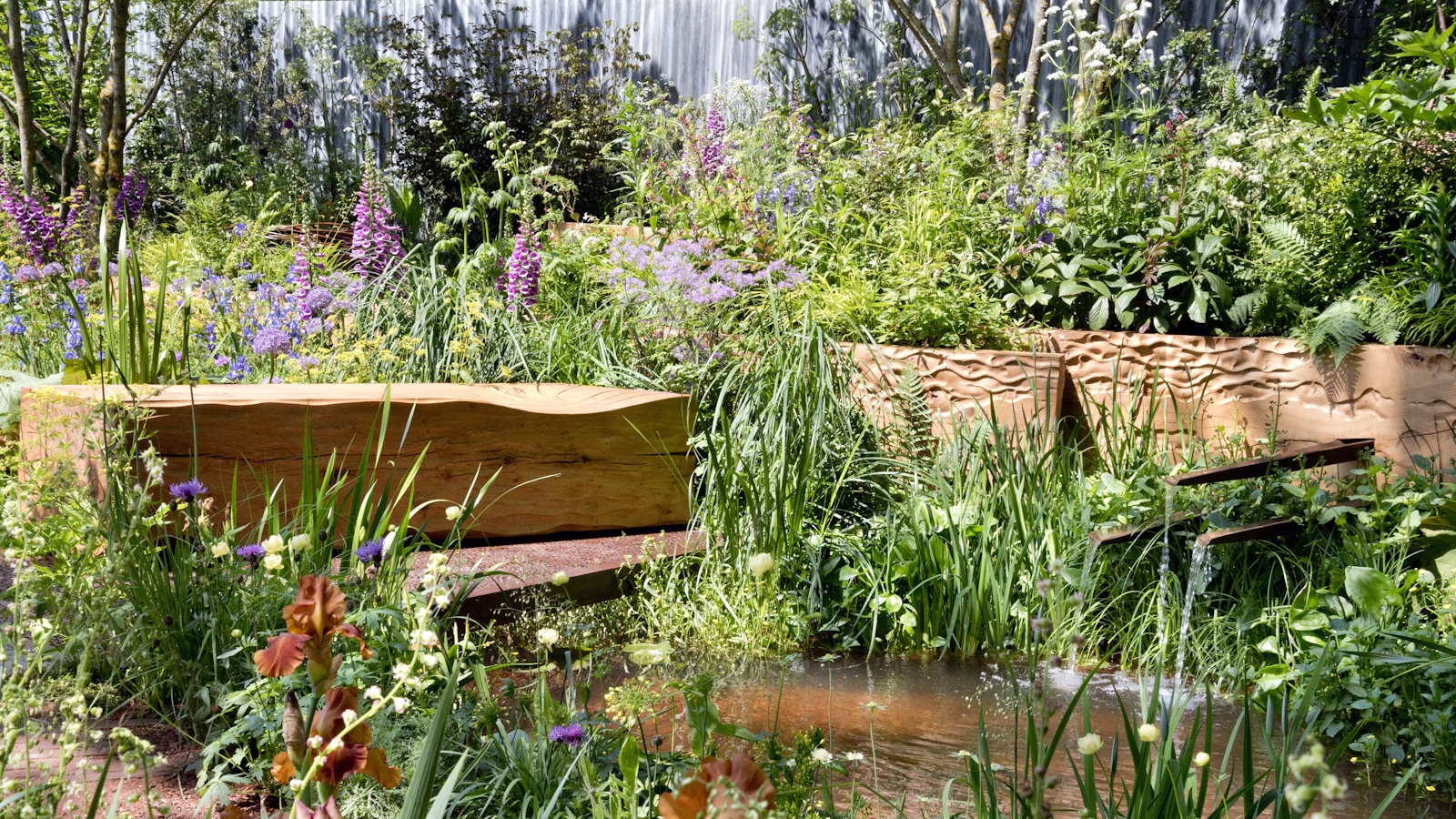

Gardening trends come and go. Sometimes, they can last for many years or just one short season. Not all trends, however, are created equal, and products, ideas or designs that look impressive on social media can fall short when tested in real-life settings. Whether hard to maintain or unsuitable for particular climates or environments, certain ideas can prove disappointing.
As a former professional gardener, I have seen many trends dominate and disappear over the years, best illustrated by the rapid rise and fall of artificial lawns. For a short spell, they were the sought-after 'new thing', considered a low-maintenance option and an evergreen solution for urban gardeners. This quickly changed, and today they are thought of as unsightly and bad for the environment.
Here, I reveal the garden trends, ideas and products to avoid in 2025, while also suggesting smarter alternatives to help you create a beautiful and long-lasting garden that will stand the test of time.
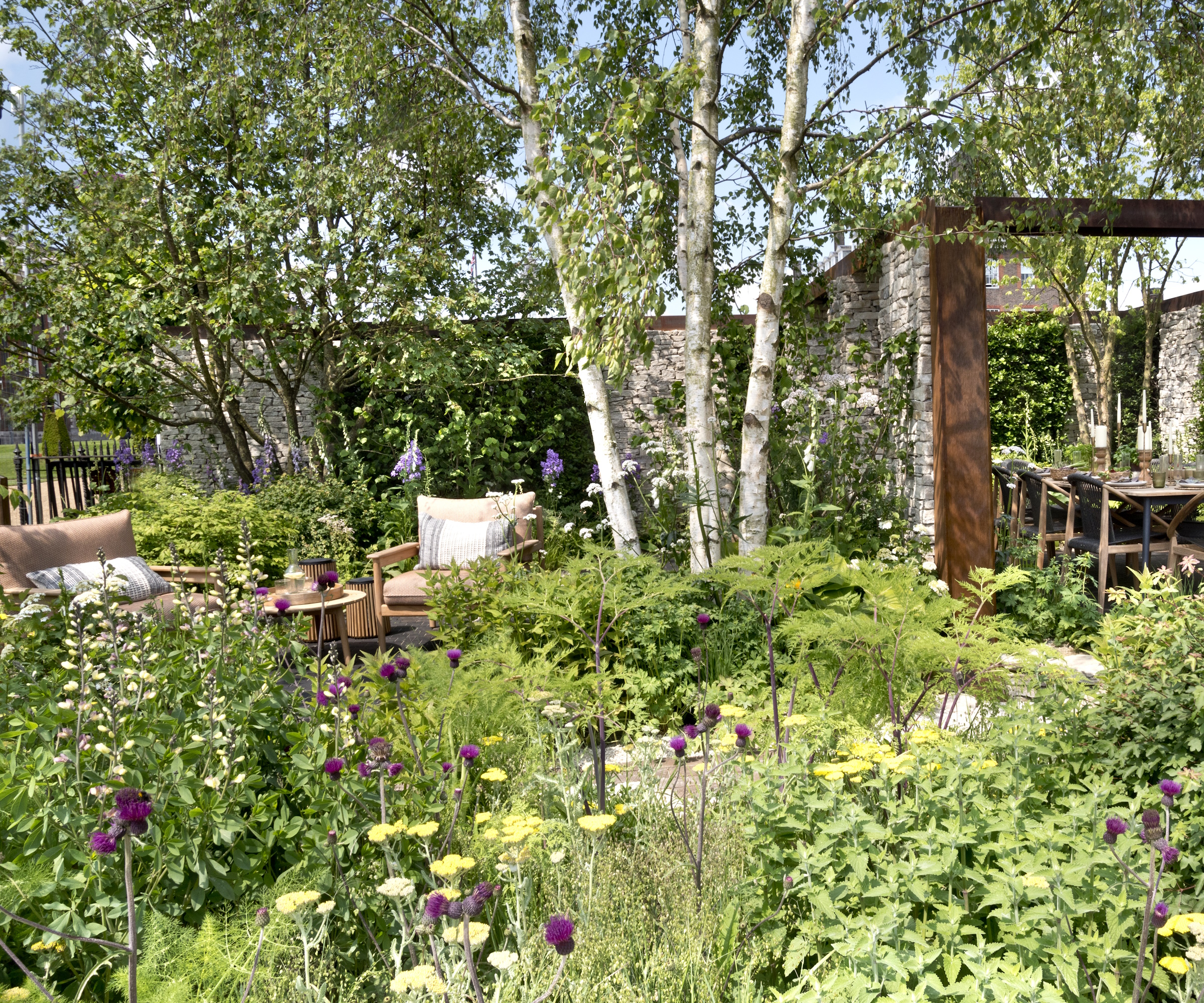
Impractical garden trends to avoid in 2025
Each and every gardener is free to design their yard in a way that best suits their tastes, wants and needs. However, there are a handful of impractical garden trends that are best avoided, six of which are listed below. Not only do some of these elements make a yard look cheap, but they can be time-consuming and costly to put right. Instead, implement long-lasting, sustainable, and user-friendly backyard ideas this year.
1. Overuse of gravel
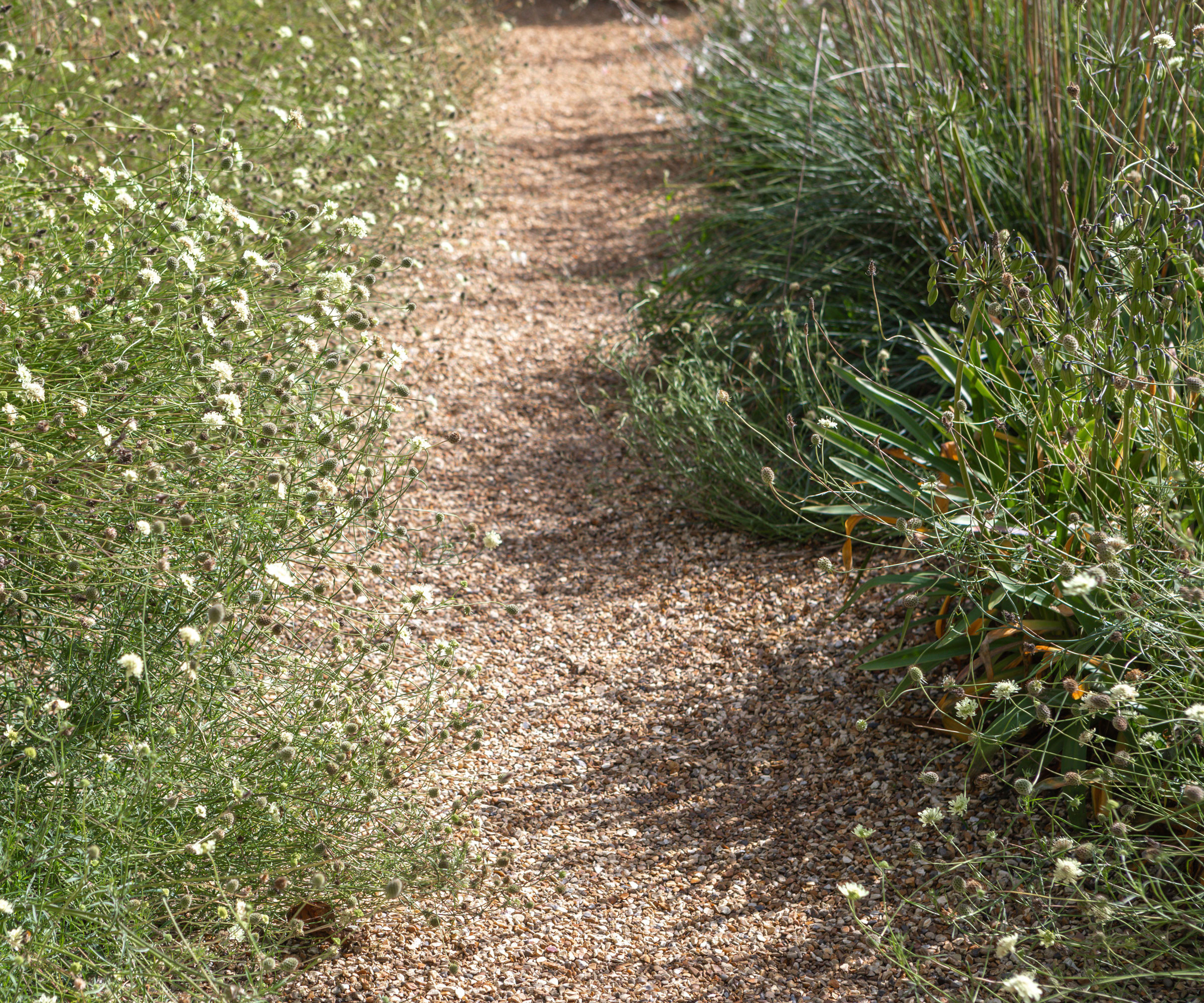
Gravel garden ideas may at first appear low maintenance, but they can create more problems than they solve.
'I recently visited a client who had purchased a home with an extensive backyard,' says Benjamin Hanley, landscape designer and founder of Hanley Landscape Design based in Newport, Rhode Island. 'The entire backyard had been filled with gravel, and over time had become a mess of weeds. Plus it was impossible to walk in, dipping in patches that had not been correctly leveled.'
While gravel gardens and xeriscaping ideas have been popular in recent years, they can be hard to maintain, as Ryan explains. While a gravel driveway or gravel path can be easy to look after, expansive areas that are landscaped using gravel can prove to be unmanageable. Weeds can quickly grow, and the loose gravel will regularly need topping up to avoid dips or bare patches.
So, while small areas of gravel can prove attractive and useful in a yard, larger zones may be impractical and hard to maintain. If you are landscaping with gravel, be sure to use something like this gravel ground grid, available from Walmart, which can help to retain the structure and keep stones in place.

Benjamin Hanley is an award-winning landscape designer and founder of Hanley Landscape Design based in Newport, Rhode Island. He is a CRMC Certified Invasive Manager (State of Rhode Island, Coastal Resources Management Council Certified Invasive Manager (IM), and a professional member of the Association of Professional Landscape Designers (APLD). Hanley has worked on projects for The National Park Service, Marriott Hotels, The United States Navy, and countless other residential and commercial clients.
2. Lawns as centerpieces
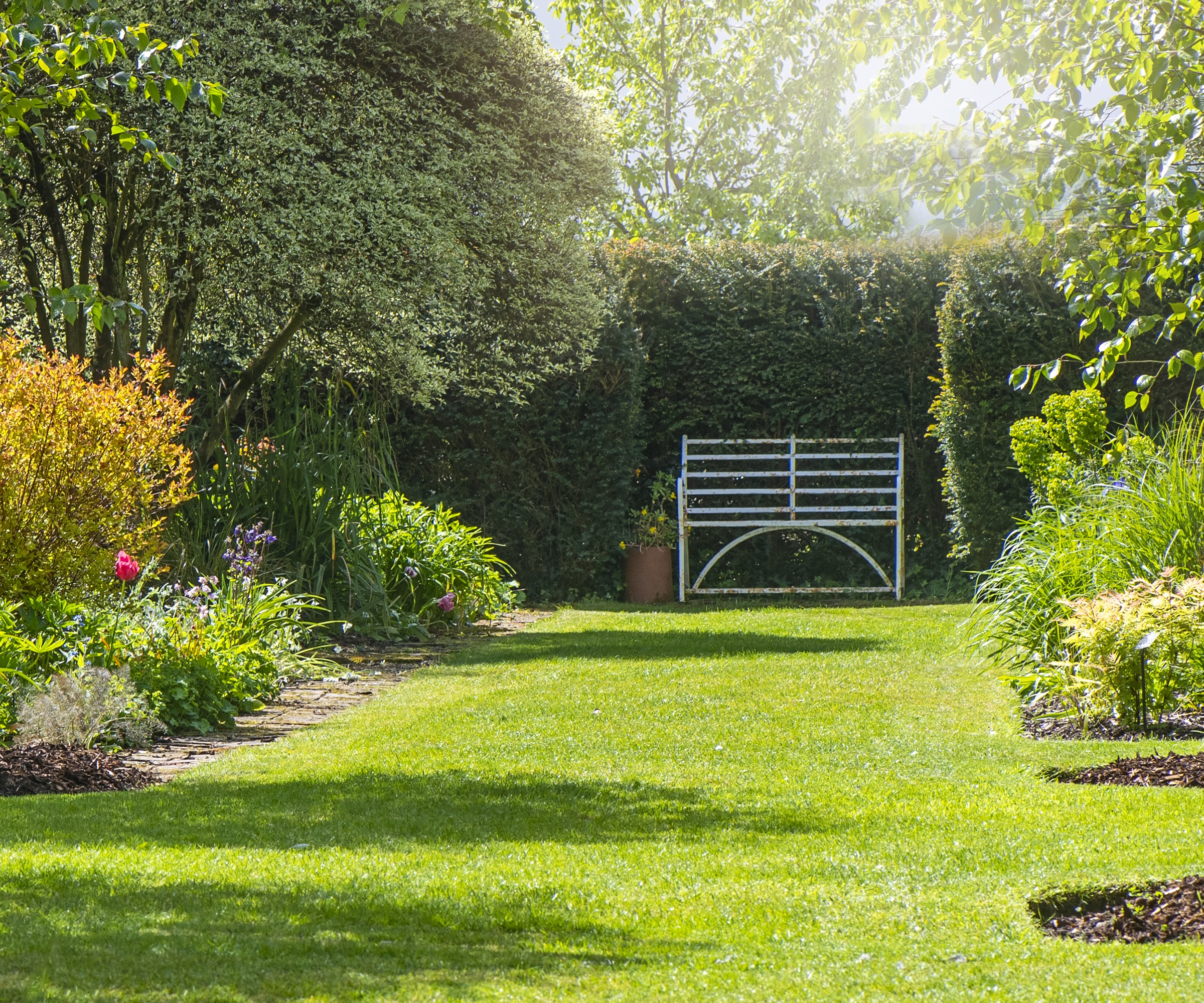
Lawns will always have a place in our gardens. For homeowners with young families, they are an easy garden solution providing children with somewhere safe to play in the summer months.
However, in smaller front and backyards, it is not always practical to lose planting space to lawned areas. Rather than having a small section of grass, consider incorporating wildflower garden ideas such as meadow patches, or larger beds with evergreen ground cover plants.
'In smaller plots, maximizing growing space is important,' says Ryan Farley, garden expert and CEO of LawnStarter. 'I am seeing overly manicured lawns becoming a thing of the past, and I would expect this trend to continue.
'Today, eco-conscious homeowners view standard lawns as wasteful, both in terms of water usage and lacking in nectar for pollinators. I see lots more in the way of meadow gardening, replacing old-fashioned lawns with flowering, lower-maintenance ground covers like clover or wildflower mixes.
Perennial wildflower seed mixes are available to order from Amazon, and will quickly germinate and grow into a beautiful, pollinator-friendly meadow.

Ryan Farley is the CEO of LawnStarter, a lawn care service founded in 2013 and based in Austin, Texas.
3. Landscape fabric
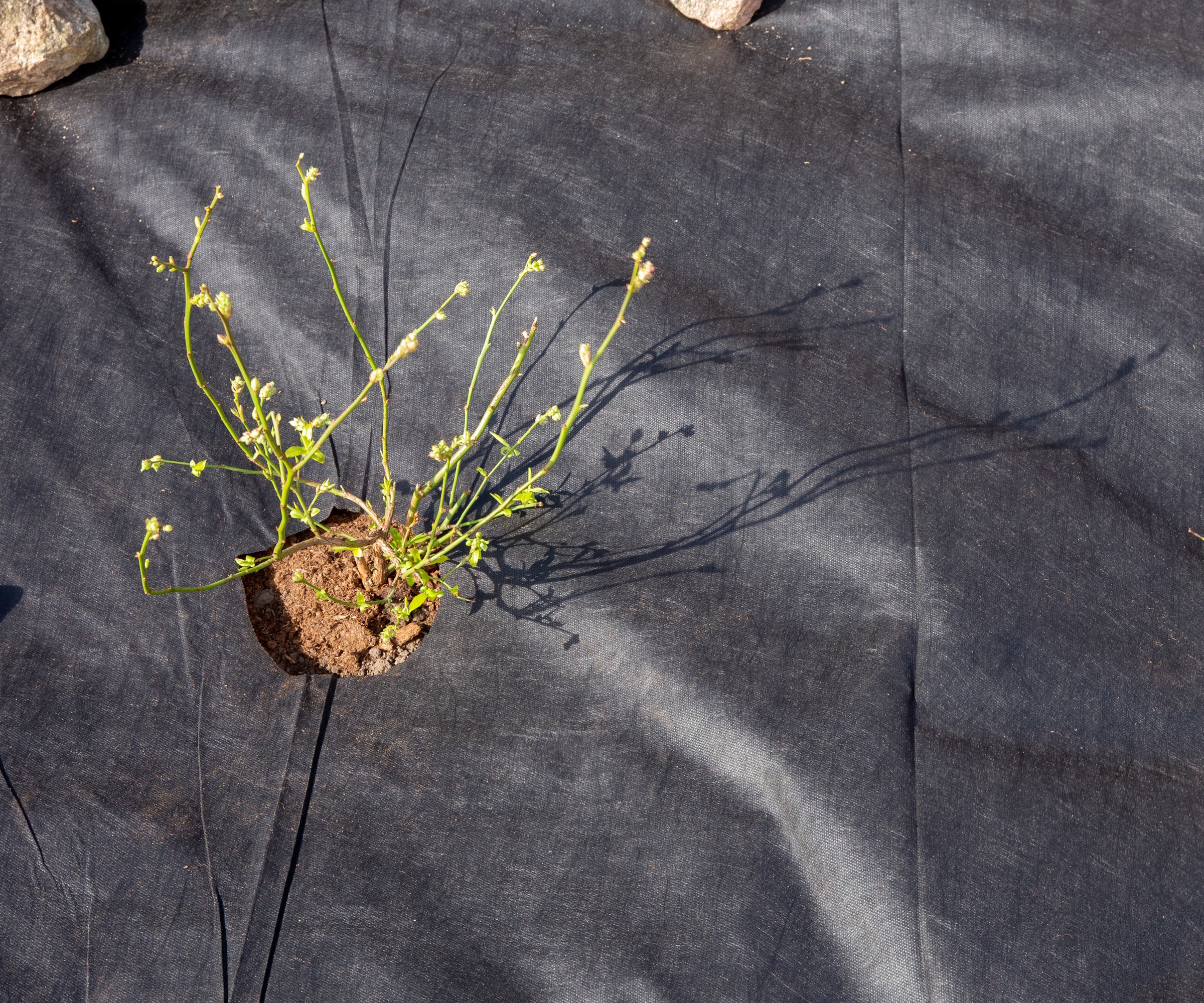
Landscape fabric might seem like an easy solution if you are wondering how to get rid of weeds, but it can do more harm than good. 'Plastic fabrics can starve the soil,' says Benjamin Hanley, 'preventing water, nutrients and animals from accessing the earth.'
If you are worried about weeds in your yard, consider the no-dig gardening method, whereby thick layers of biodegradable cardboard smother unwanted plants, topped with thick layers of mulch. This organic approach is far more sustainable and keeps unwanted and unsightly plastics out of your yard. For more information, see Charles Dowding's book, No Dig, available to order from Amazon.
Alternatively, if you want to put a stop to weeds in your borders, try this biodegradable landscaping paper, available from Amazon, that achieves the same results as landscaping fabric, but without any plastic.
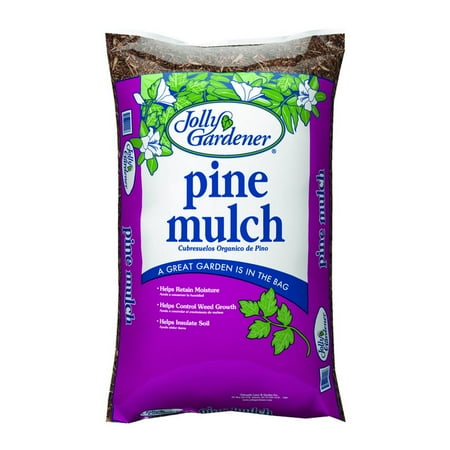
Applying a thick layer of pine mulch can help to improve soil structure, retain moisture and suppress weeds.
4. Tropical planting in unsuitable climates

Tropical garden ideas might look attractive, but they can be impractical in areas that lack warmth and humidity. Many tropical plants are found in rainforest-like environments, and trying to grow and maintain trees and vines from the Amazon when you are gardening in US hardiness zone 5 is probably not a good idea.
'One garden trend that can be impractical is the tropical garden,' explains garden and lawn care expert, Jeremy Yamaguchi. 'This type of garden only works well in the right locations. If you live somewhere that is not southern or equatorial, it takes a lot more to keep tropical plants alive. It can require a lot more water, and even with that, the plants may still not thrive.'
Instead, opt for native planting that is best suited to your locality. For example, growing hardy, resilient dogwood trees, available from Walmart, is a good idea for most gardeners across North America. With brilliant blooms and striking fall foliage, these trees are low-maintenance, making for far more practical borders.

Jeremy is a gardening expert who advises on a range of gardening matters. As the CEO of Lawn Love, Jeremy helps homeowners find quality, reliable lawn care.
5. Overly manicured garden design
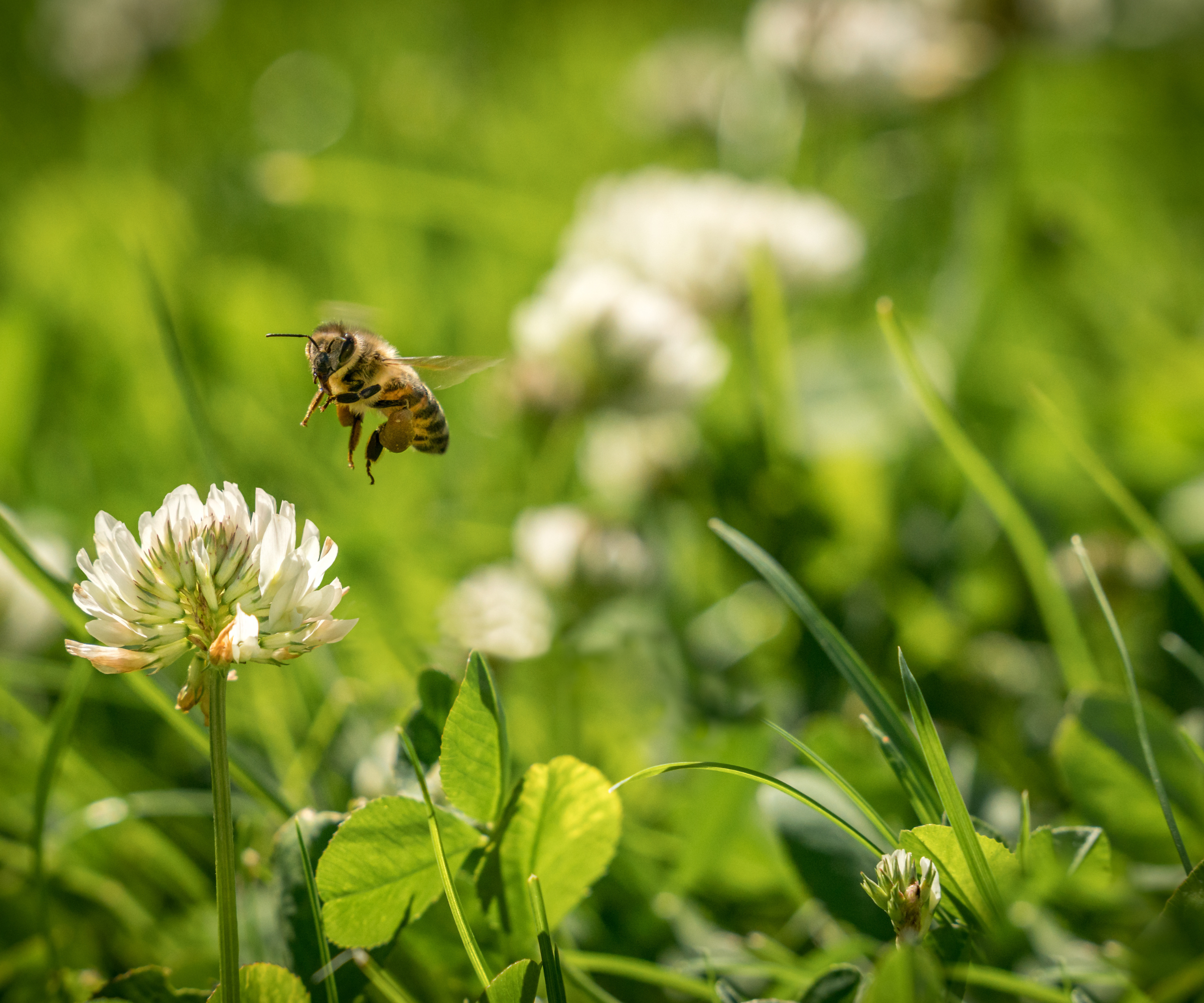
'Manicured lawns, perfect patios and symmetrical borders are impractical garden trends,' says Valeria Nyman, garden expert and Chief Product Officer at Taim.io, a platform that empowers people to grow their own vegetables.
'I find that more and more families are leaning into functional and wild designs full of naturalistic planting,' Valeria continues. 'Lived-in spaces with a few weeds, overgrown hedges and trees are less frowned upon today than ever before.
'Overly polished outdoor spaces feel sterile to me. Gardens should invite you to kick off your shoes, relax and unwind, not stress about footprints in the gravel or a few dandelions poking through the paving. Designers today are influenced by natural and sustainable ideas, so lean into the wild side of gardening this year.'

Valeria is the Chief Product Officer at Taim.io, an innovative platform that serves as a personal, adaptive gardening coach, offering tailored weekly advice to users. As a Product Designer and strategic leader, Valeria bridges the gap between business vision and user-centered design, crafting intuitive experiences that drive both engagement and satisfaction.
6. Elaborate water features
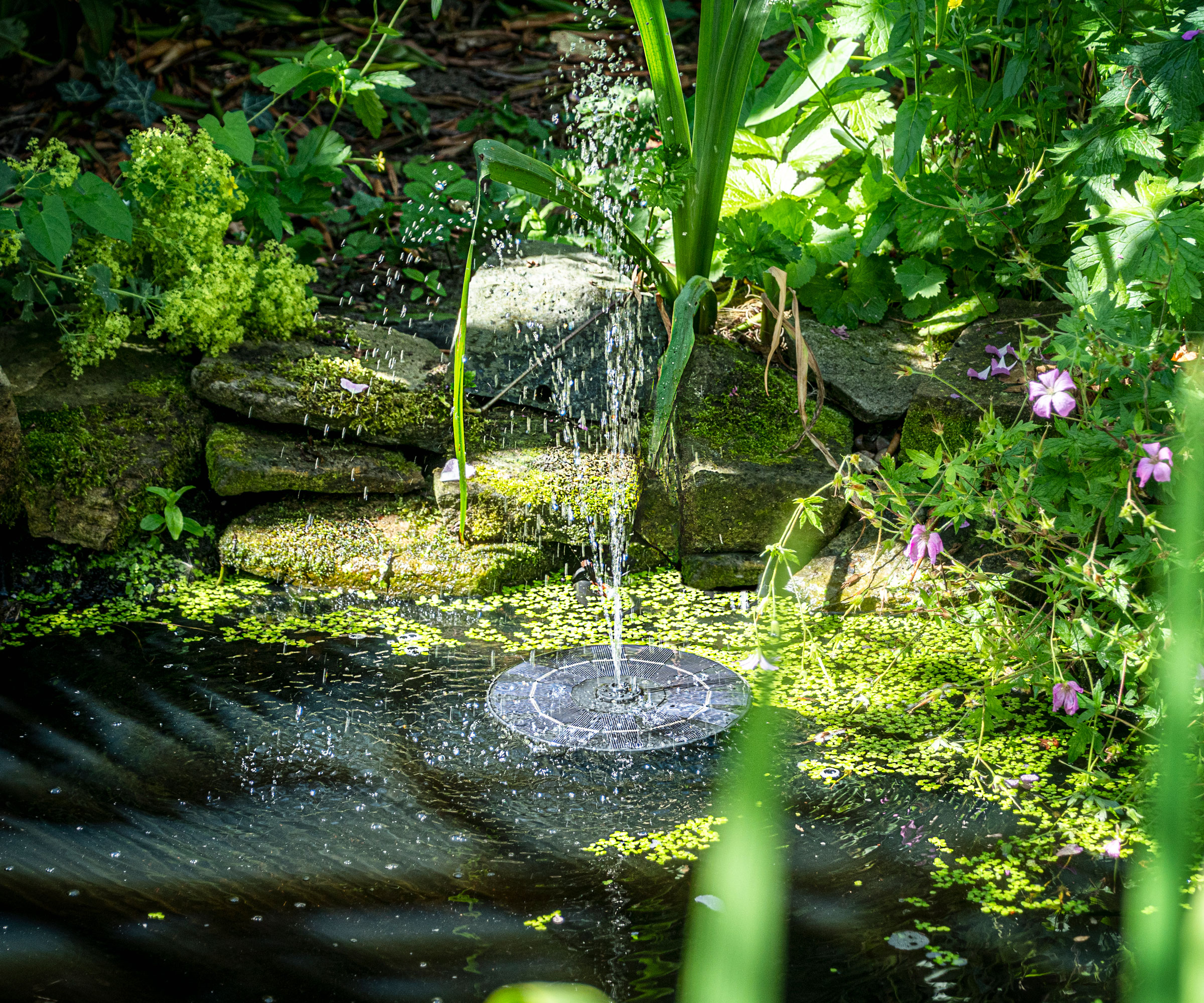
'Big, elaborate water features are another garden element that can prove to be impractical,' Valeria says. 'While they might look beautiful, the upkeep and resources required can be unsustainable, particularly in smaller yards.
'A friend of mine recently installed a cascading fountain, only to then spend months battling algae, leaks and sky-high water bills,' Valeria adds. 'In the end, they decided to replace this large and elaborate fountain with a smaller wildlife pond that naturally refills with rainwater. Rain garden ideas are easy to install and will prove to be a magnet for frogs, dragonflies... and joy!'
For a low-cost and low-maintenance alternative, why not try this metal bird bath, available from Amazon? Simply refill the water as and when required, which will help to support wildlife in your yard without the costs or effort that larger fountains require.
FAQs
What container trends would suit small urban gardens?
In terms of container garden trends for your plot, consider incorporating native plants, such as redbuds or dogwoods, which can easily be grown in pots. I would also suggest growing water-wise species, such as lavender, sage or other herbs from the Mediterranean. It is also a good idea to grow some edimentals, such as salads and fruits in containers, which can look good as a groundcover under larger shrubs and trees. Importantly, have fun with what you grow and fill your space with color.
For more garden inspiration, consider our guide on how to create a native landscape in the coming year. Using native species is a clever way to fill your yard with plants that are suited to the soil and climate in your region, and are often far more resistant to common pests.
Sign up to the Homes & Gardens newsletter
Design expertise in your inbox – from inspiring decorating ideas and beautiful celebrity homes to practical gardening advice and shopping round-ups.

Thomas is a Content Editor within the Gardens Team at Homes and Gardens. He has worked as a professional gardener for both public spaces and private estates, specializing in productive gardening, growing food and flowers. Trained in Horticulture at the Garden Museum, he has written on gardening and garden history for various publications, including The English Garden, Gardens Illustrated, Hortus, The London Gardener and Bloom. He has co-authored a Lonely Planet travel book, The Tree Atlas, due out in 2024.
-
 Do cleaning products expire? Professional cleaners warn time could make them ‘less effective, and in some cases, irritating to use’
Do cleaning products expire? Professional cleaners warn time could make them ‘less effective, and in some cases, irritating to use’For the best results, it pays to stay on top of the timeline of your cleaning products
By Chiana Dickson Published
-
 7 of the best tomatoes for growing in pots - expert growers pick their top varieties ideal for large harvests from containers
7 of the best tomatoes for growing in pots - expert growers pick their top varieties ideal for large harvests from containersYou can enjoy bumper homegrown harvests in small spaces
By Drew Swainston Published
